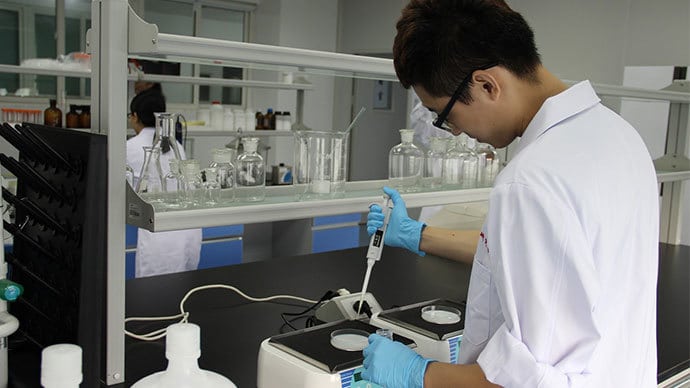Researchers from Peking University in China together with scientists at the Salk Institute have found a way to generate both embryonic and extra-embryonic tissues. The two groups of scientists have collaborated and succeeded in using a chemical cocktail which enables cultured mouse and human stem cells to generate both these tissues. The implications of this new development are wide-ranging and could lead to enhanced disease modelling, improved drug development and ultimately tissue regeneration. The technique used by the researchers is expected to lead eventually to improvement in vitro fertilisation techniques through more in-depth knowledge on the workings of placental function and embryo implantation.
The implications of ready availability of stem cells that can differentiate into both embryonic and extra-embryonic tissues are far-reaching and are not confined to treatment and repair functions. Professor Juan Carlos Izpisua Belmonte of the Salk Institute is understandably upbeat on how this development will alter the stem cell landscape.
Stem cells are the building blocks of the human body. These undifferentiated cells have the ability to differentiate into specialised cells. This unique characteristic of stem cells makes them particularly suitable in any treatment that may require the growing of new cells to repair and replace those that have been injured or compromised by disease.
A pluripotent stem cell refers to a stem cell that has been genetically modified to behave like an embryonic stem cell. These cells are capable of forming all adult cell types and while they can be taken from any tissue, they are typically harvested from the skin or the blood. Pluripotent stem cells have proved invaluable in the treatment of motor neuron diseases such as Spinal Muscular Atrophy (SMA), Amyotrophic Lateral Sclerosis (ALS) and Primary Lateral Sclerosis (PLS). Indeed Stem Cell Therapy has also been deployed in the treatment of other disorders such as Spinal cord injuries and Muscular Dystrophy among many others.
As diverse as pluripotent stem cells have proven in the treatment of hitherto irreversible conditions, there is one property that they do not possess. This is the ability to differentiate or develop into tissues that support the embryo and the placenta. The tissues thus produced are known as extra-embryonic tissues. Totipotent stem cells do however have this capacity and that is the essential difference between them and pluripotent cells.
Because the newly discovered cocktail facilitates the stable differentiation to either type (embryonic and extraembryonic) the new cells thus differentiated have been dubbed extended pluripotent stem (EPS) cells. The SALK team and the Peking University researchers discovered that combining four chemicals and a growth factor could stabilize the human pluripotent stem cells in the early stages allowing them to contribute to a mix of cells from two different species. Applying the same factors to mouse cells they found that the newly differentiated mouse stem cells not only gave rise to embryonic tissue types but also differentiated into cells from the extraembryonic lineages.
More remarkable still (and unprecedented in the field) the scientists discovered that a single cell could develop into an entire adult mouse. Professor Belmonte and his team anticipate that the ‘derivation of a stable stem cell line with totipotent-like features will have a broad and resounding impact on the stem cell field’. Certainly the generation of entire human organs from stem cells has just moved one step closer to reality.
H/T: Phys.org




 English
English